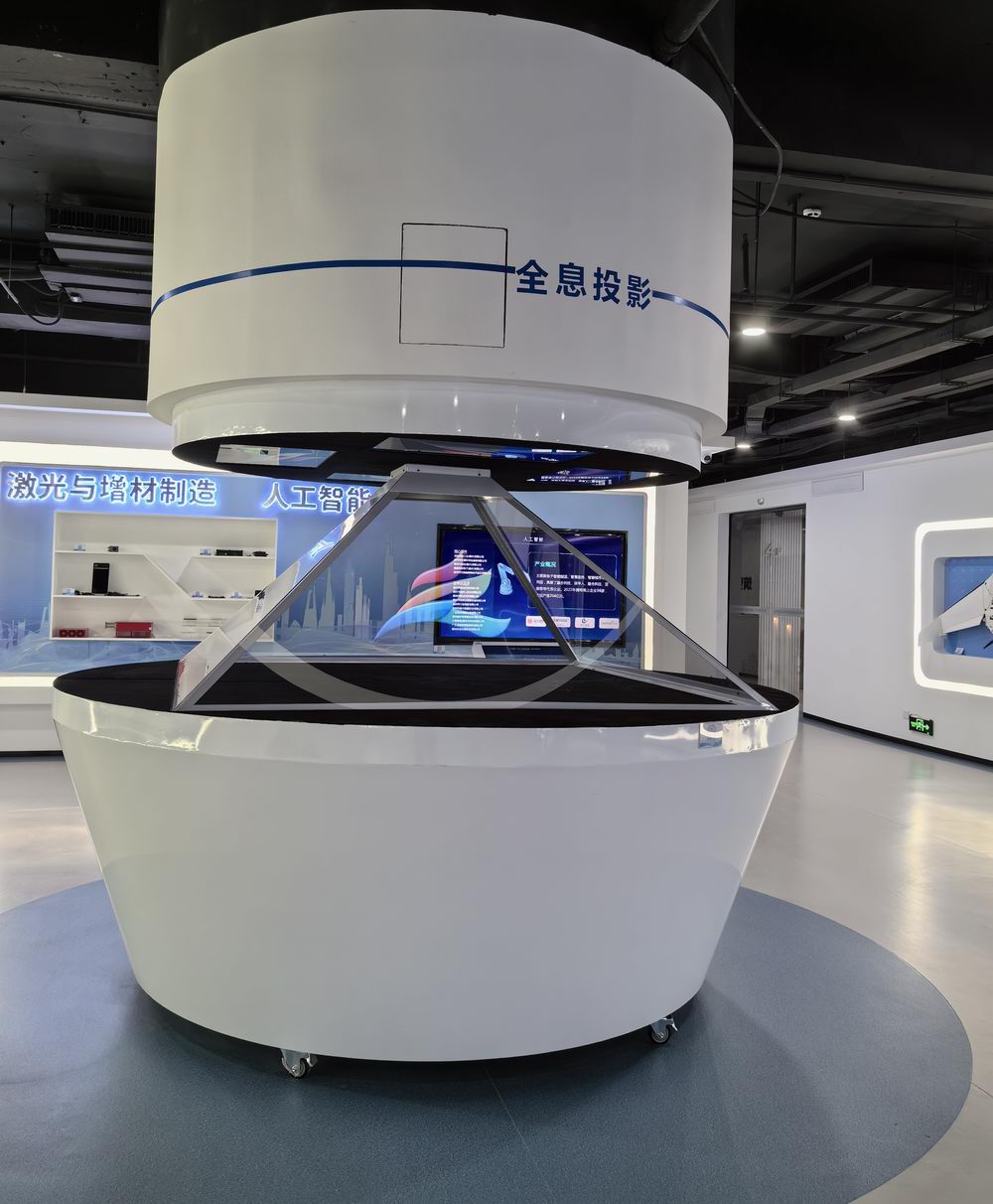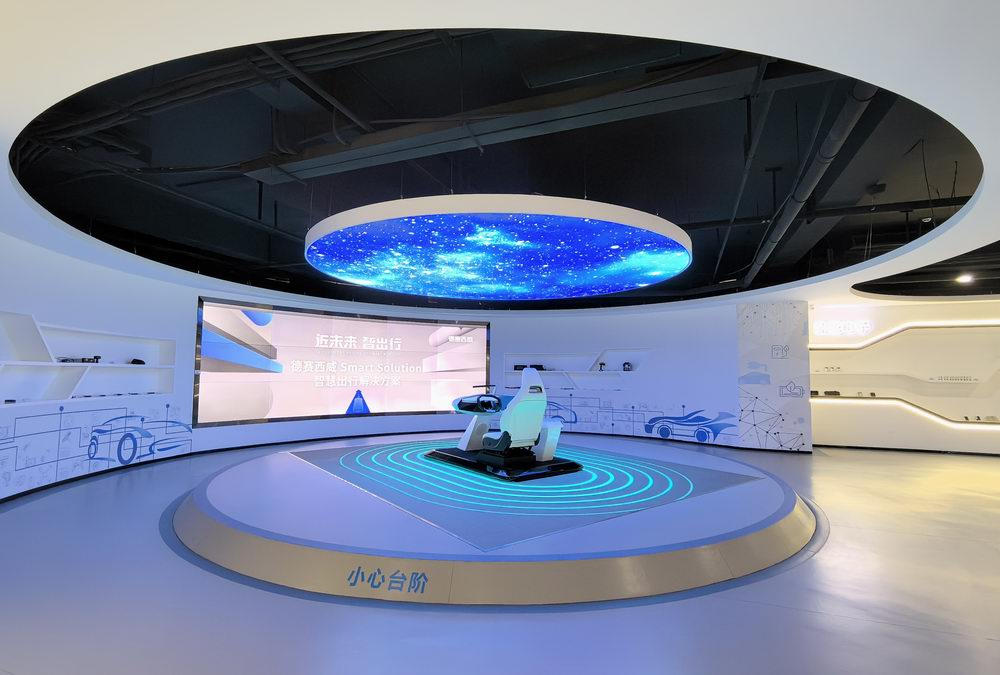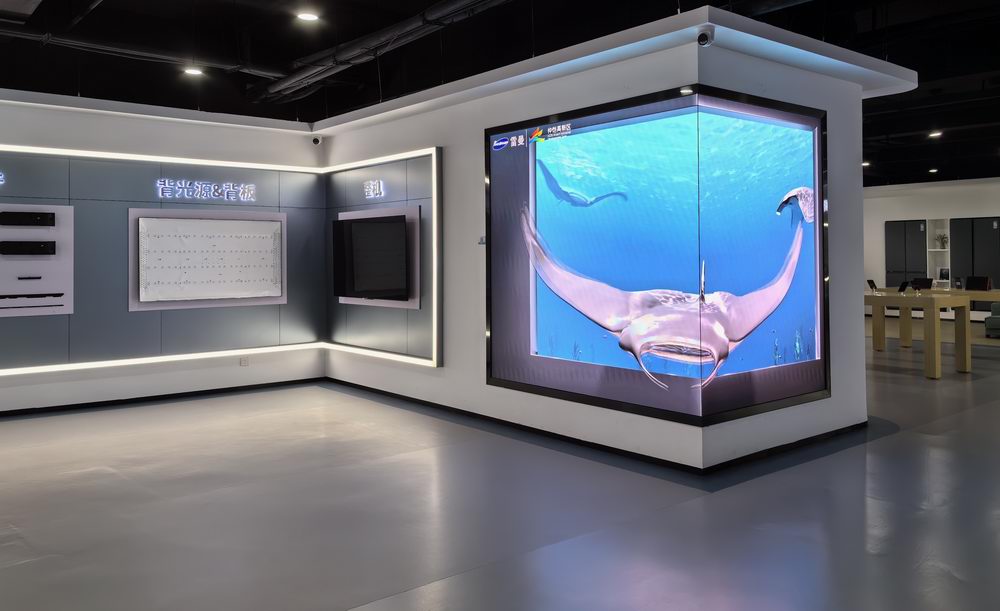Strategies for Regional Economic Growth Poles

Growth poles act as catalysts for regional economic development, embodying a new model for high-quality development. François Perroux introduced this concept, emphasizing how innovative industries can drive growth in nearby businesses. The Zhongkai High-tech Zone is a prime example of a Regional Economic Growth Pole. Within this zone, the National Foreign Trade Transformation and Upgrading Base, along with its Electronic Information Cloud Platform, supports enterprises by boosting efficiency and fostering innovation. Such growth poles offer substantial benefits to both local and regional economies.
Theoretical Framework of Growth Poles
François Perroux's Concept
Definition and Explanation
François Perroux introduced the idea of growth poles. This concept revolves around the concentration of innovative and advanced industries in a specific area. These industries act as magnets, attracting other businesses and investments. Growth poles serve as a catalyst for economic activities. They create a ripple effect, boosting the local economy and spreading prosperity to surrounding regions. This approach highlights the importance of strategic investment in key areas to stimulate regional development.
Role in Economic Development
Growth poles play a significant role in economic development. They help regions achieve rapid economic growth by fostering industrial clusters. These clusters enhance productivity and innovation. Growth poles also support regional integration and coordinated development. For instance, the cultivation of new growth poles in the northwest region is crucial for the western development strategy. It aids in constructing the Silk Road Economic Belt. This approach ensures balanced regional growth and reduces economic disparities.
Agglomeration Economies
Benefits and Mechanisms
Agglomeration economies refer to the benefits that firms gain by locating near each other. Proximity allows businesses to share resources and knowledge. This leads to cost savings and increased efficiency. Companies can access a larger pool of skilled labor and specialized suppliers. The concentration of industries also fosters innovation through collaboration and competition. Agglomeration economies create a vibrant business environment that attracts more investments.
Impact on Regional Growth
Agglomeration economies significantly impact regional growth. They enhance the competitiveness of regions by creating a dynamic economic ecosystem. Businesses thrive in such environments, leading to job creation and income growth. Regions with strong agglomeration economies often experience higher levels of economic development. This phenomenon supports the emergence of Regional Economic Growth Poles. A new model for high-quality development emerges from these interactions, benefiting both local and regional economies.
Historical Context and Evolution
Early Implementations
Success Stories
Growth poles have sparked interest since François Perroux introduced the concept. The idea focused on creating hubs of innovation and industry. These hubs acted as magnets for surrounding businesses. One notable success was the development of industrial areas in Europe during the mid-20th century. These regions saw rapid economic growth. The strategy encouraged investments and job creation. Local economies thrived, showcasing the potential of growth poles.
Criticisms and Challenges
Despite successes, growth poles faced criticisms. Some argued that benefits concentrated only in core areas. Surrounding regions often lagged behind. The strategy sometimes failed in developing countries. A comprehensive territorial approach seemed more suitable there. Critics pointed out the need for balanced regional policies. The challenge lay in ensuring widespread prosperity.
Modern Adaptations
Changes in Strategy
Modern growth poles have evolved. Planners now consider geographic space over mere economic space. This shift identifies key areas for industrial growth. The focus includes sustainable development and regional integration. New growth poles in the northwest region support the Silk Road Economic Belt. These changes reflect a new model for high-quality development.
Current Trends
Today, growth poles embrace technology and innovation. The Zhongkai High-tech Zone exemplifies this trend. The National Foreign Trade Transformation and Upgrading Base plays a crucial role. Its Electronic Information Cloud Platform supports local enterprises. Businesses gain efficiency and foster innovation. This platform assists companies in adapting to global markets. The zone acts as a Regional Economic Growth Pole, driving local and regional growth.
Case Study: Huizhou Zhongkai High-tech Zone

Overview of the Zone
Key Initiatives
Huizhou Zhongkai High-tech Zone stands out as a vibrant hub for innovation. The zone focuses on fostering high-quality development by supporting enterprises in various ways. One key initiative involves organizing delegations to participate in international exhibitions. For example, a group of 13 high-quality enterprises recently showcased their products in Vietnam. This effort helped businesses connect with international markets and accelerate their global expansion.
The zone also actively seeks opportunities for enterprises to engage in both domestic and international trade shows. This ongoing support helps companies expand their market presence and strengthens foreign trade ties. By facilitating these connections, the zone plays a crucial role in boosting the local economy.
Economic Impact
The economic impact of the Zhongkai High-tech Zone is significant. Businesses within the zone experience increased efficiency and innovation. The focus on international exposure allows companies to tap into new markets and drive growth. This approach not only benefits individual enterprises but also contributes to the overall economic prosperity of the region. The zone's strategic initiatives create a ripple effect, enhancing the economic landscape and promoting sustainable development.
Role as a Growth Pole
National Foreign Trade Transformation
The Zhongkai High-tech Zone serves as a pivotal Regional Economic Growth Pole. The National Foreign Trade Transformation and Upgrading Base supports enterprises by providing essential resources and opportunities. This base helps businesses adapt to global market demands and encourages innovation. Companies benefit from access to a wide range of tools and expertise, enabling them to compete effectively on an international scale.
Electronic Information Cloud Platform
The Electronic Information Cloud Platform within the zone offers invaluable support to enterprises. This platform enhances business operations by streamlining processes and fostering collaboration. Companies gain access to cutting-edge technology and data insights, which drive efficiency and innovation. The platform acts as a catalyst for growth, helping businesses thrive in a competitive environment. By leveraging these resources, enterprises can achieve sustainable development and contribute to the region's economic success.
Potential and Challenges in Contemporary Planning

Opportunities in Developing Regions
Economic Benefits
Developing regions have a golden opportunity to harness growth poles. These areas can boost local economies by attracting investments. Businesses in these regions often see increased productivity. Growth poles create jobs and enhance income levels. The ripple effect benefits surrounding communities too. A focus on strategic industries can lead to sustainable economic growth.
Social and Environmental Considerations
Growth poles also bring social and environmental benefits. Communities enjoy improved infrastructure and services. Access to education and healthcare often improves. Environmental planning ensures sustainable development. Green spaces and clean technologies become priorities. This holistic approach enhances quality of life for residents.
Challenges and Limitations
Implementation Barriers
Implementing growth poles faces several hurdles. Infrastructure development requires significant investment. Coordination among various stakeholders can be tricky. Some regions struggle with inadequate policy frameworks. Local governments need strong leadership and vision. Overcoming these barriers demands commitment and strategic planning.
Policy Recommendations
Policymakers can play a crucial role in overcoming challenges. Clear and supportive policies encourage investment. Incentives for businesses can attract more industries. Collaboration between public and private sectors is vital. Continuous monitoring and evaluation ensure effective implementation. By addressing these areas, regions can unlock the full potential of growth poles.
The Zhongkai High-tech Zone serves as a shining example. The National Foreign Trade Transformation and Upgrading Base supports enterprises effectively. The Electronic Information Cloud Platform offers cutting-edge resources. Businesses in the zone thrive with access to technology and insights. This support fosters innovation and competitiveness. The zone's success highlights the importance of strategic planning and collaboration.
Growth pole strategies offer a solid framework for regional economic development. The Zhongkai High-tech Zone exemplifies this with its National Foreign Trade Transformation and Upgrading Base. The Electronic Information Cloud Platform provides essential support to local enterprises. Businesses benefit from increased efficiency and innovation. This approach aids companies in adapting to global markets. Future economic planning should consider such models. Regions can achieve sustainable growth by expanding their strategic initiatives. Encouraging regional consideration ensures balanced prosperity. Growth poles hold the key to unlocking regional potential.
See Also
Maximizing Growth Potential in High-tech Zones
Discovering Growth Opportunities in National Trade Transformation
Revealing Growth Potential in Huizhou Zhongkai High-tech Zone
Zhongkai High tech Zone National foreign trade transformation and Upgradi Base(Electronic Information)Cloud Platform.
Address: Zhongkai High-tech Zone,Huizhou City ,Guangdong,China
E-mail: huizhoueii@163.com 13510001271@163.com
Tel: +86-0752-3279220 Mobile: +86-13510001271


